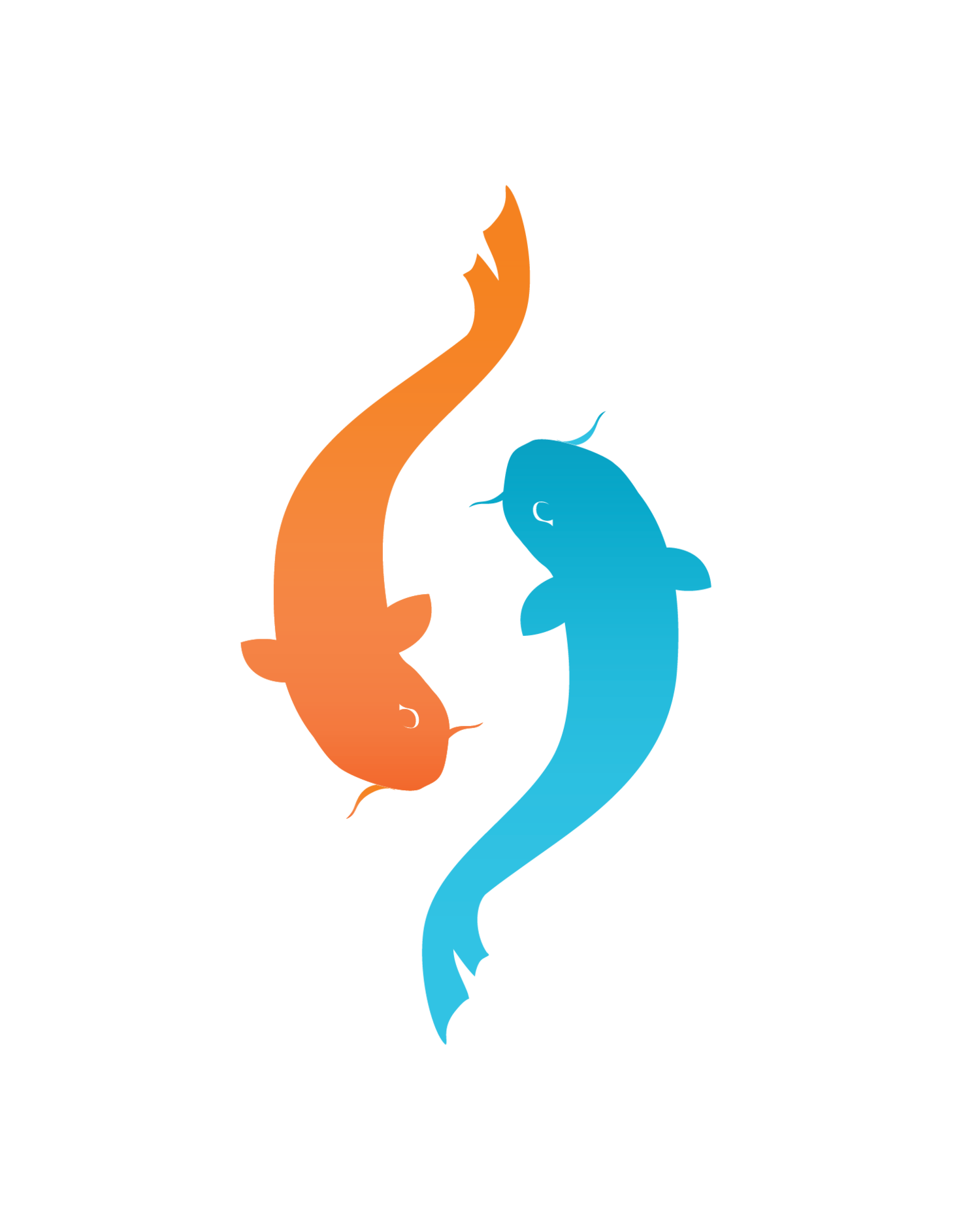All photography provided by Jared Chambers
Heal your sciatica nerve pain and live the life you wish.
What is sciatica?
Sciatica is a general description for back pain and pain along your sciatic nerve. The pain usually runs down one or both legs, starting from your low back (lumbar) area.
Why does it happen?
Sciatica is often caused by pressure on the sciatic nerve. This can be from a vertebral disc injury, sometimes referred to as a bulging disc, ruptured disc, or herniated disc. It can also be due to pinching from the vertebrae itself or from a muscle such as the piriformis. In some cases it is due to inflammation of the nerve.
Does it get better?
Some causes of sciatica can subside with rest and living your usual life. Sometimes it requires additional intervention. An irritated disc can be soothed with manual therapy of the muscles and joints. You can improve it with stretching, strengthening, and coordination exercises. You can calm the nerve down with nerve stretches and glides. Your physician can help too through medication, injection, and surgical techniques.
What can we do to help?
We use a combination of physical therapy and taichi exercise to provide a natural, non-invasive, way to improve sciatica.
Yu Family Acupressure - A traditional technique to reduce pain and promote healing
Manual therapy - Helps relax and lengthen the muscles of your core, back, hip, and legs. Mobilization of your spine improves how you move and reduces pressure on your sciatic nerve.
Exercise - Simple stretches and movements to restore your flexibility and strength. Taichi and coordination exercises to help you learn to move naturally and comfortably again. Nerve glides to reduce the pressure on your sciatic nerve.
How long will it take?
Each visit lasts 45 minutes to an hour.
The plan of care can be as short as 2 weeks. But some patients have required months. It depends on the injury, your motivation, and our combined effort. Nonetheless, you should begin to feel improvements in how you can move and how you live your life, little by little, starting from the first week.
How much does it cost?
We are in network with most PPO insurances and medicare. We also accept worker's compensation claims and automotive injury claims. You will be responsible for your insurance deductible and copay. We can contact your insurer to find out details for you but it is always recommended that you speak your your insurance company to verify as sometimes their database can be out of date.
Do you take insurance?
We are in network with most PPO insurances and medicare. We also accept worker's compensation claims and automotive injury claims. You will be responsible for your insurance deductible and copay. We can contact your insurer to find out details for you but it is always recommended that you speak your your insurance company to verify as sometimes their database can be out of date.
DOES the treatment hurt?
The treatment can cause mild discomfort comparable to a strong massage or a good workout. We aim to help you be and move comfortably again so we minimize discomfort whenever we can!
Are you sure this will work?
Most of our patients are able to return to living the life they wish without having to have surgery. Every person is different and we really need to get to know you and your condition to answer that question. If we feel that your condition would benefit from additional medical intervention beyond PT, we will happily refer you to a doctor who is right for you.
“Movement is life.”


